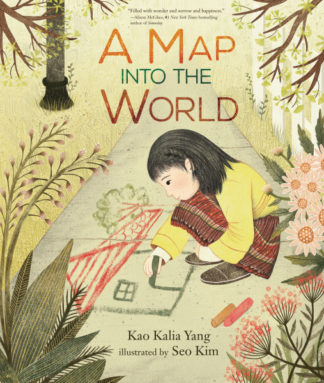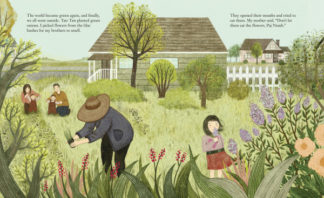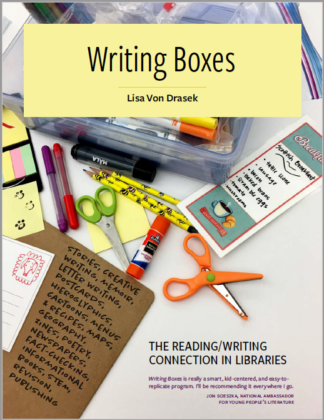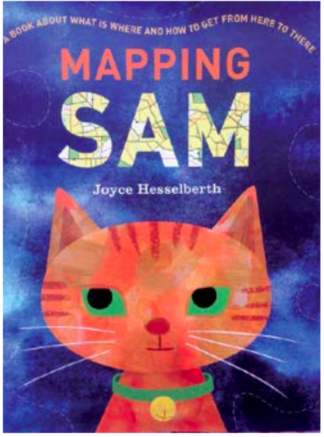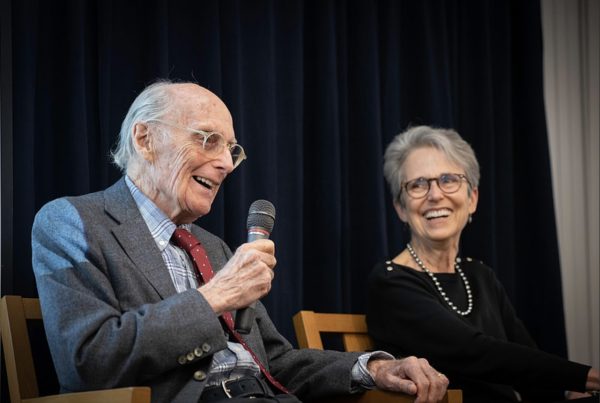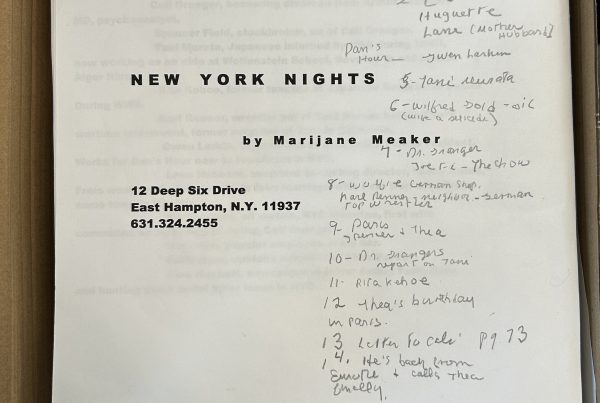Best of the year
If I had to choose one picture book that resonated with me for most of the year it would be Kao Kalia Yang‘s A Map Into the World illustrated by Seo Kim.
It begins as a little more than typical moving story of a young girl and her family moving to a new house. They are a Hmong family and we observe culturally specific objects and practices such as the hanging of a story cloth on the living room wall.
It is the story of family and of time passing and of babies being born and of an elderly neighbor passing away. All in developmentally relevant lyrical language interwoven with mixed media illustrations depicting the seasons, the protagonist’s point-of-view, and at time drawing back cinematically to display the “big picture” of family and community.
But that is not all
My own research in grief and picture books, an examination of death and grief in ninety-two picture books for young children, pre-school/early elementary, considering the content with regards to child development producing a rubric for evaluation brought me to these evaluative conclusions. There must be literary value and artistic merit. I submit the words of Kao Kalia Yang and the pictures by Seo Kim meet that criteria.
Kirkus Reviews named it Best Picture Books of 2019 About Small People in a Big Worlds.
I ask evaluators to consider if the content is age relevant.
- Does the text present a coherent concept of grief and/or death?
- Is the content accurate and well organized?
- Are the characters well delineated? Is the setting accurate?
- Is the style of the text and art appropriate to the topic of death and/or grief?
- Does the story contribute to the child’s intellectual, social, or emotional needs?
In reading this book I can answer yes to all of those questions.
Memorialization
Dr. Pauline Boss is professor emeritus Family Social Science at University of Minnesota. Boss is an educator widely recognized for her groundbreaking research on what is now known as the theory of ambiguous loss. This phrase describes and identifies grief in situations where there is no closure, a plane crash, a natural disaster, or when the family loses someone to dementia.
Dr. Boss noted in an interview with me that through books read aloud to children “we come to know that death is forever, that we may never completely recover, that grieving takes time, that we will have big feelings, and that sometimes we won’t want to eat or talk.”
Lao Kalia Yang and Seo Kim show that passing of time and the withdraw from family and community in a gentle and matter-of-fact way with the changing of the seasons, the growing up of the babies, and the planting of the garden.
Boss stated in regards to the evaluative point of commemoration that, “Memorialization is the best predictor of who is coping well in the grieving process.”
For the article and an evaluation rubric for grief in picture books go to https://journals.ala.org/index.php/cal/article/view/6159
And there it is
Why this book stays and stays with me. Paj Ntaug (pronounced Ba Ndao) commemorates her neighbors loss through sidewalk drawings recounting what makes this community special to her and welcoming her grieving neighbor back into the world.
“A watermelon growing big and round.
A yellow leaf fallen from a tree.
A handful of glittering snow.
The first worm of spring.”
For every home and every classroom
A Map into the World is for every home, every library, and every classroom.
Why library or classroom? It is the perfect mentor text for memoir, mapmaking, poetry, book making.
I often start mapmaking with children reading aloud Mapping Sam.
I will now be reading A Map Into the World while following the directions that I lay out in chapter six of the Writing Boxes- Making Maps. Writing Boxes: The Reading/ Writing Connection is a free download from the University of Minnesota Libraries Publications here

